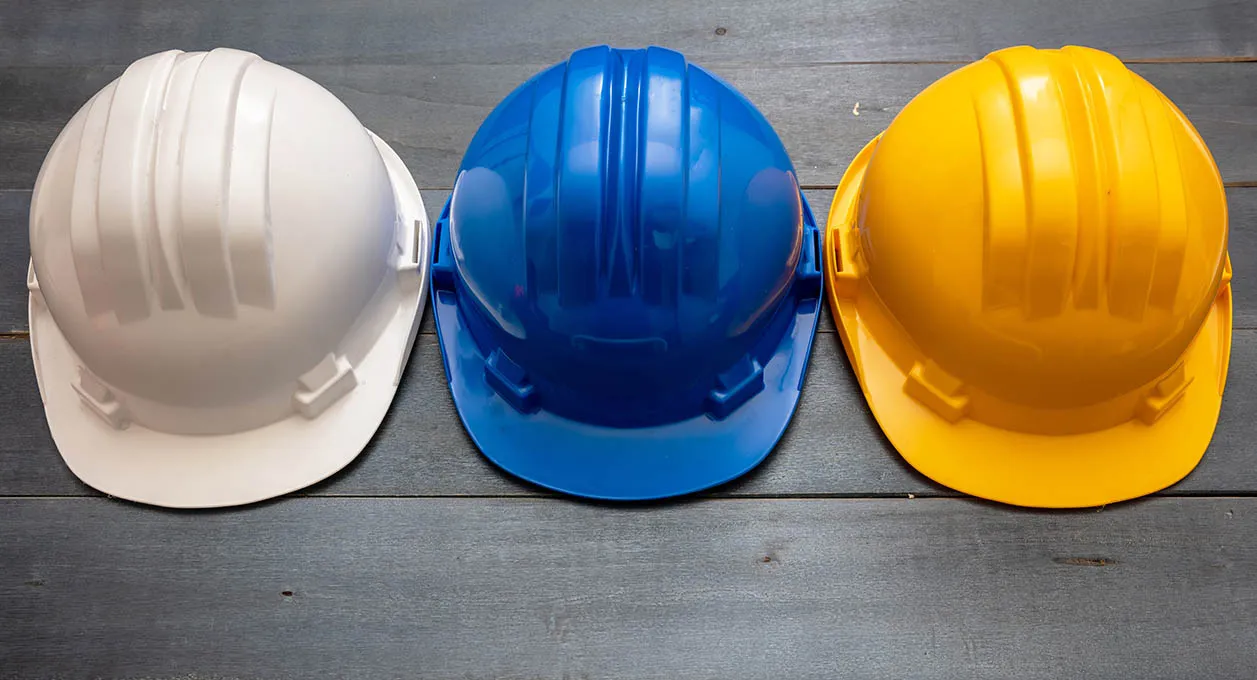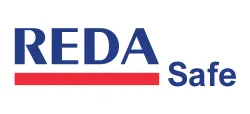The Importance of Safety Helmets In Workplace

Introduction
Safety helmets stand out as a ubiquitous element of Personal Protective Equipment (PPE) in workplaces worldwide, serving as the first line of defense against potentially lethal head injuries. These critical protective gears have evolved into a non-negotiable safety standard across various high-risk industries. Whether navigating the inherent dangers of construction sites, the unpredictable environments of mining, the high-voltage risks in the power sector, or the rugged terrains of forestry, the need for robust head protection is paramount. In these sectors, hazards lurk at every corner, making it imperative for workforce safety measures to include the consistent use of safety helmets. By embracing the correct PPE, employees significantly fortify their personal safety, minimizing the risk of occupational hazards. This precaution underscores not only individual responsibility but also highlights the ethos of safety-led protocols within industry operations.
Deciphering Safety Helmets: Protection, Performance, and the Significance of Color Codes
Navigating through workplace hazards often involves unpredicted risks, particularly from airborne dangers like falling objects, underscoring the crucial role of safety helmets in fortifying worker safety. The efficacy of these helmets hinges on their condition; any compromised equipment must be promptly replaced. Optimal protection is only guaranteed when helmets are a proper fit, correctly worn, and capable of withstanding impacts, resisting water, heat, and electrical hazards.
Standing as the fundamental piece of Personal Protective Equipment (PPE), industrial safety helmets are foundational to worker safety, comprising key components like the shell, harness, and headband. Especially within high-risk arenas like mining and construction, the necessity for high-performance helmets becomes pronounced. These helmets are engineered for superior protection, offering enhanced shock absorption and formidable defense against direct impacts.
Beyond their protective function, the color-coded system of safety helmets serves a strategic purpose in organizational settings. These color distinctions, integral for immediate recognition, streamline the identification process of workers based on their job roles and responsibilities. This system not only fortifies safety by highlighting unauthorized presence in restricted areas but also varies internationally, emphasizing the need for understanding local safety color norms. Through these elements, safety helmets transcend their basic role, contributing to both protective and procedural efficiency within industries.
Color Codes of Safety Helmets
Through the lens of their specific operational needs, companies can effortlessly decipher the color codes of safety helmets, directly correlating them with the varied nature of tasks performed within their work environments.
White Helmets: Signifying Leadership and Expertise on Site, these are predominantly worn by managers and engineers, establishing a sense of authority and specialized knowledge within the workplace.
Green Helmets: The Guardians of Workplace Wellness and Environmental Safety, these helmets are donned by those charged with health and safety oversight. Additionally, trainees are also often spotted in green helmets, signifying their learner status in the operational environment.
Yellow Helmets: Marking the Backbone of the Worksite, these vibrant helmets are typically sported by general laborers and machine operators, highlighting their crucial roles in the hands-on operational tasks at various sites.
Blue Helmets: Reserved for the skilled force of technicians, supervisors, electricians, and foremen, blue helmets signify the presence of hands-on expertise, guiding the backbone of worksite operations.
Red Helmets: Synonymous with bravery and emergency response, red helmets are the hallmarks of firefighters, ready for action in the face of danger.
Brown Helmets: Specifically designated for welders, brown helmets provide a layer of necessary protection in the high-risk, spark-filled environments they navigate daily.
Grey Helmets: Tailored for site visitors, grey helmets identify those who are perhaps less familiar with the worksite's landscape, ensuring they are safeguarded and guided accordingly.
Orange Helmets: A beacon of visibility on the roads, workers in the road construction sector don these bright orange helmets, standing out for safety amidst the hustle and bustle of passing traffic and ongoing construction work.
Benefits of Safety Helmets
Safety helmets serve as a critical line of defense in professional environments, significantly enhancing workplace safety and establishing clear identifiers for roles and responsibilities on site. These essential pieces of Personal Protective Equipment (PPE) are paramount for employees operating in zones vulnerable to head injuries due to impacts or airborne hazards. Their use becomes even more potent when combined with other protective gear, tailored to specific risks present in the work environment.
Purchasing safety helmets from a trustworthy supplier is crucial, and these helmets should prominently display specific information: the manufacturer's name or logo, adherence to European safety standards, production year, helmet type, and size specifications. This transparency underscores the authenticity and compliance of the product, further safeguarding the user.
Included with every safety helmet are detailed instructions, imperative for the wearer’s understanding of its proper use. Employers must take the helm in advocating the importance of these safety protocols. It is incumbent upon them to ensure their teams are equipped with appropriate PPE, bolstering a safety-first culture across the organization. This proactive approach not only fortifies the immediate safety of employees but also protects the long-term integrity and well-being of the company’s most valuable resource — its people.
Conclusion
The critical role of safety helmets in industrial and construction environments marks the cornerstone of occupational safety. These essential pieces of personal protective equipment go beyond individual security, reflecting an organization's broader commitment to a hazard-free and efficient operational ethos. By integrating a color-coded system, safety helmets also streamline internal processes, enhance communication, and ensure that every team member, from site visitors to seasoned engineers, is easily identifiable and properly stationed, fortifying overall site safety and coordination.
In conclusion, the adoption of safety helmets is less a precaution and more a standard, underscoring a company's dedication to its employees' well-being and a culture of safety. This commitment is pivotal, paving the way for not only a safer present but also a sustainable future of industry practices. It necessitates collaboration between employers, employees, and quality suppliers, each upholding their role in establishing a vigilant, responsible, and protective working environment.
FAQ
What is the difference between a helmet and a safety helmet?
Hard hats primarily serve to guard against injuries from above due to falling objects, offering top-impact protection. In contrast, safety helmets provide comprehensive 360-degree protection, covering all aspects of the head without leaving any area exposed. Moreover, safety helmets are designed to absorb and distribute the force of blows more effectively, ensuring a superior level of impact protection compared to standard hard hats.
Is PPE a safety helmet?
Safety helmets fall under the category of Personal Protective Equipment (PPE), specifically engineered to shield the head from various workplace hazards, including falling debris, impacts, and other potential head injuries. These critical safety assets are integral to comprehensive protective workplace measures.
What are the three classes of safety helmets?
Safety helmets are categorized into three distinct classes, reflecting their degree of protection against electrical risks. Class G helmets, suitable for general usage, provide protection up to 2,200 volts. For heightened electrical environments, Class E helmets are utilized, safeguarding against exposures up to 20,000 volts. Conversely, Class C helmets, identified as conductive, are devoid of any electrical resistance, making them inappropriate for environments where electrical hazards are present.
Do safety helmets have sizes?
Indeed, safety helmets are engineered with versatility in mind, typically featuring a universal shell size complemented by an adjustable internal harness. This design ensures a tailored fit for each individual, enhancing comfort without compromising safety. Additional customizable elements, including chin straps and ventilation options, further refine the fit, offering personalized protection and reassurance in various work environments.
What is the OSHA helmet code?
29 CFR 1926.100(a) states: Employees working in areas where there is a possible danger of head injury from impact, or from falling or flying objects, or from electrical shock and burns, shall be protected by protective helmets.
What is the ISO code for PPE?
ISO/TC 94 - Personal safety -- Personal protective equipment.
